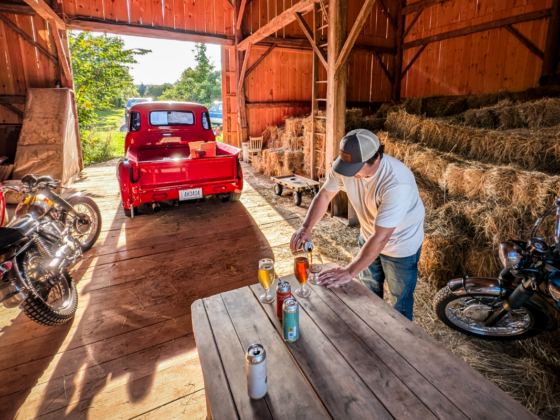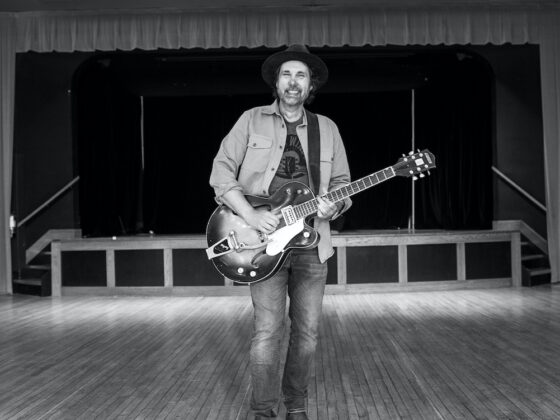Rr: How did you get into photography?
My start in photography really began when I was 13- 14ish. I was always a bored 60% D student in school, however in the more creative thinking classes like art and media arts, I was much more engaged and did pretty well. Imagine being a 13 year-old kid with a generous 60% average then getting a 95% on a painting? Crazy! I had a few open minded teachers that I really encouraged and helped point me in the creative direction.

In media arts class we were given a camera and an assignment to make a short film. I was familiar with shooting little skateboard videos with my friends so I was immediately excited for the project. The short film that my group made was something about a hitch-hiker getting hit by a car then it rolled into a montage of the hitch-hiker being stalked by the grim reaper. I’ve since lost the tape that the final edit was on, but I remember being really excited about it. I asked my teacher, ‘what do you think about getting into motion and working to become a Director one day?’ I still remember the hesitancy in his voice when he said “Well, you need a lot of people and money to shoot motion properly. Maybe start telling stories with photography.”
Having a tone of respect for him I took his advice and went to school for photography. I learned that the school I went to was more so catered towards starting your own wedding and family portrait business which wasn’t at all what I was interested in. Don’t get me wrong, wedding photographers have a tough job and they really have to know their stuff . I know that I’d be absolutely terrible at it… Having the directors mindset, I’ve always seen the camera as a tool to translate ideas rather than taking real life spontaneous pictures. I thought that the second year of school things would become more interesting, but they more or less stuck to the same subject matter so I stopped going to classes and just booked studio time at the school to tinker around whenever I could. From there I moved to Toronto where I initially worked and got fired from a bunch of retail jobs because I called in “sick” to pick up photo assisting jobs here and there. Eventually I was busy enough with assisting to pay rent so I hustled as a photo assistant full-time for a few years where I really learned everything I know now.
Rr: A professional career in photography can be a pretty tricky one to come by. What was your foot-in-the-door moment?
A photographer that I assisted quite often booked me to assist him on a small job. The evening before the job he called me and informed me of a family emergency and asked if I could shoot the job. Of course I said yes, and filled in for him. I recall being super nervous but working and learning technical stuff from him and how to somewhat professionally interact with clients on set I managed to do a decent job.
The client was super happy and ultimately kept coming back to me directly for other shoots. It was kinda like an assistants dream situation coming true… Minus the family emergency part. Luckily the photographer that I worked with was super happy that the client was excited about the work and continued to be supportive and push me to shoot as much as I could.

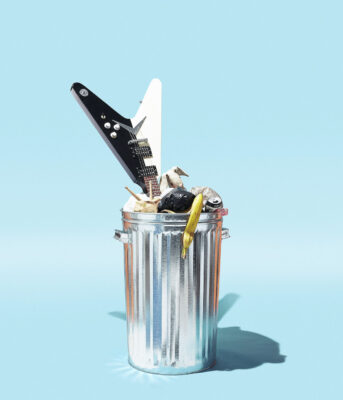




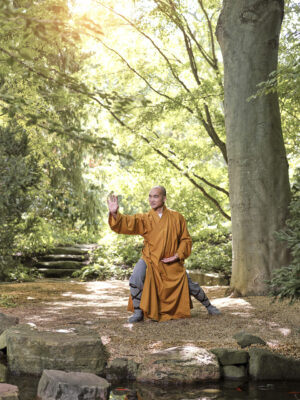
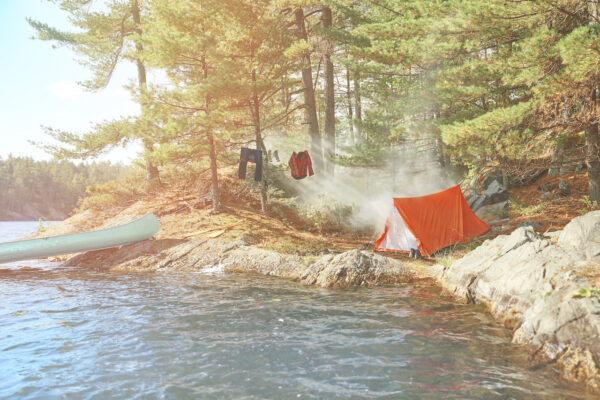
Rr: You have a really unique style – how did it develop?
I think my photo style is almost a glimpse into who I am as a person. Not too serious, always enjoys a good fart joke and is usually kinda awkward. Like most kids raised in the 90s, I was in front of the TV a lot. My brother who was bigger and older than me guarded the remote control with his life. He always had shows like SCTV, The Simpsons and Kids in the Hall playing. Kids in the Hall is still one of my favourite shows to this day! I feel like my brother and his comedic taste in television helped shape who I am and my sense of humour. Going into photo school I didn’t really know what direction I wanted to go with photography but I learned very quickly what direction I didn’t want to go in. I feel like knowing what I didn’t want to do really allowed me to focus on what I was into as a creative person and develop a cohesive feel to my work.
Rr: What was your first camera and what’s your preferred set up these days?
Aside from a disposable camera and an old dusty DSLR from my Grandpa, my first real camera was the original Canon Rebel that I bought at FOTO ART in Owen Sound. I worked all summer and spent all the money I had in the world on it. It was nothing fancy but I loved it. It was digital so I could see my exposures in real time which was mind blowing at the time. Currently, I have a few diff erent camera kits that I use depending on the job. If the subject matter is moving quite a bit I’ll reach for my Canon R5. Canon has always felt familiar in my hand and the focus on the R5 is incredible. For higher end, more controlled environments I’ll reach for my Fuji GFX 100 set up. My muscle memory is stuck on using Canon bodies so the Fuji is a little awkward to use at times – but the image quality is nuts and more then makes up for the awkward second-guessing moments in the hand. I’ll use the Fuji any chance I get. For motion I have a C200, however, it really doesn’t get too much use. For motion jobs I really like to focus on the directing side and have a proper cinematographer/DOP focus on the technical stuff . Despite having some fancy tools, I’m not at all a gear guy. Especially with motion equipment , I get super overwhelmed by all the bits and pieces of equipment so I’m super lucky to have a few cinematographers that I work closely with.
You can check out more of Chris’ work on his Instagram page @chrisrobinsonphoto or by visiting his website at chrisrobinsonphoto.ca




